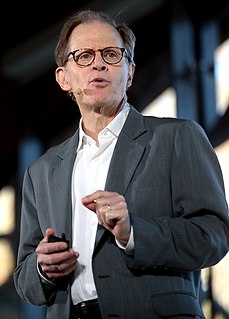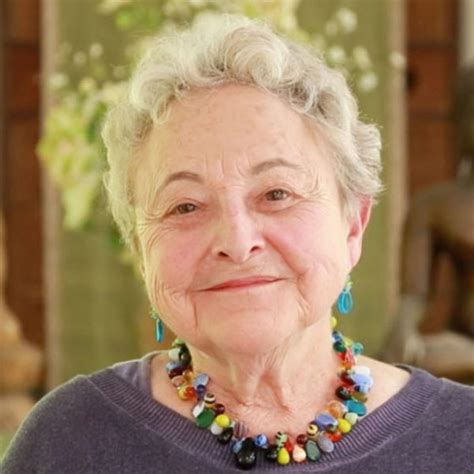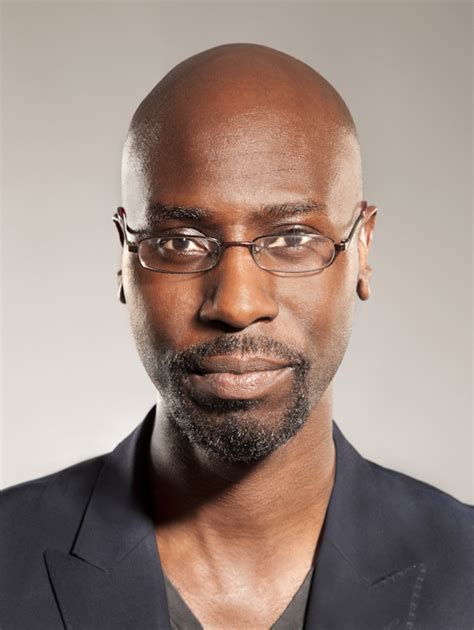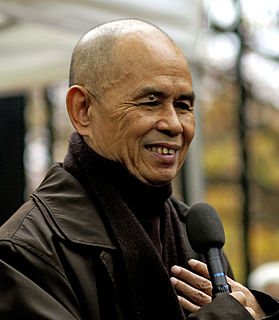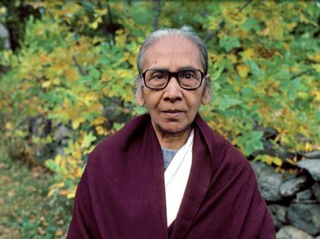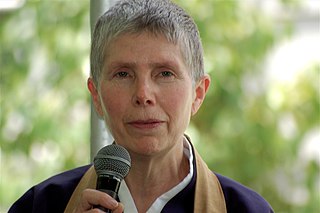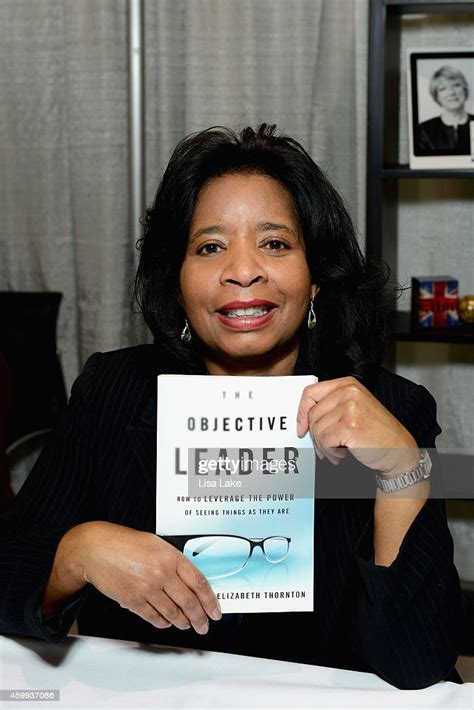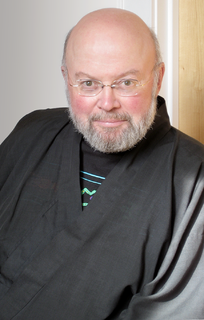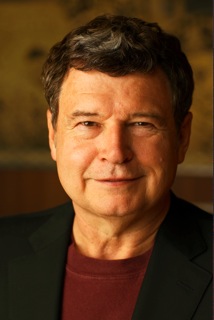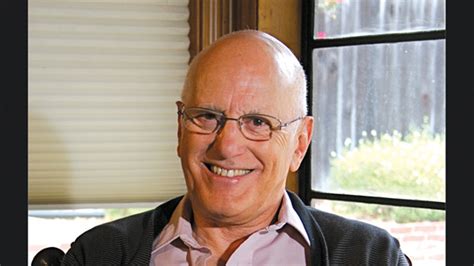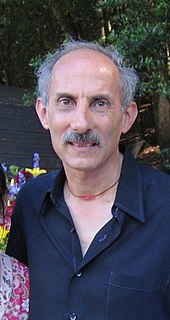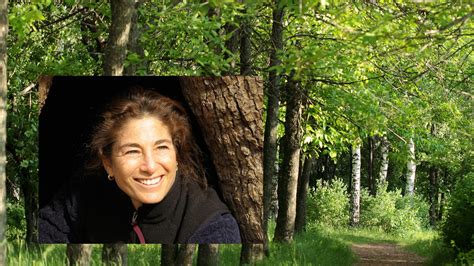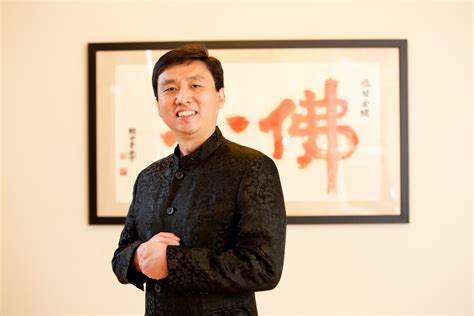Top 294 Mindfulness Quotes & Sayings
Explore popular Mindfulness quotes.
Last updated on April 14, 2025.
Monks, one thing, if practiced and made much of, conduces to great thrill, great profit, great security after the toil, to mindfulness and self-possession, to the winning of knowledge and insight, to pleasant living in this very life, to the realization of the fruit of release by knowledge. What is that one thing: It is mindfulness centered on the body.
There is one thing that, when cultivated and regularly practiced, leads to deep spiritual intention, to peace, to mindfulness and clear comprehension, to vision and knowledge, to a happy life here and now, and to the culmination of wisdom and awakening. And what is that one thing? It is mindfulness centred on the body
The Buhha was a monastic, but the practice of mindfulness in the context of any lifestyle is one of renunciation. Every moment of mindfulness renounces the reflexive, self-protecting response of the mind in favor of clear and balanced understanding. In the light of the wisdom that comes from balanced undertanding, attachment to having things be other than what they ar falls away.
Your anger is like a flower. In the beginning you may not understand the nature of your anger, or why it has come up. But if you know how to embrace it with the energy of mindfulness, it will begin to open. You may be sitting, following your breathing, or you may be practicing walking meditation to generate the energy of mindfulness and embrace your anger. After ten or twenty minutes your anger will have to open herself to you, and suddenly, you will see the true nature of your anger. It may have arisen just because of a wrong perception or the lack of skillfulness.
In Asian languages, the word for mind and the word for heart are same. So if you’re not hearing mindfulness in some deep way as heartfulness, you’re not really understanding it. Compassion and kindness towards oneself are intrinsically woven into it. You could think of mindfulness as wise and affectionate attention.
You are a Buddha, and so is everyone else. I didn't make that up. It was the Buddha himself who said so. He said that all beings had the potential to become awakened. To practice walking meditation is to practice living in mindfulness. Mindfulness and enlightenment are one. Enlightenment leads to mindfulness and mindfulness leads to enlightenment.
Recent studies of mindfulness practices reveal that they can result in profound improvements in a range of physiological, mental, and interpersonal domains in our lives. Cardiac, endocrine, and immune functions are improved with mindfulness practices. Empathy, compassion, and interpersonal sensivity seem to be improved. People who come to develop the capacity to pay attention in the present moment without grasping on to their inevitable judgments also develop a deeper sense of well-being and what can be considered a form of mental coherence.
The Noble Eight-Fold Path is the path of living in awareness. Mindfulness is the foundation. By practicing mindfulness, you can develop concentration, which enables you to attain understanding. Thanks to right concentration, you realize right awareness, thoughts, speech, action, livelihood and effort. The understanding which develops can liberate you from every shackle of suffering and give birth to true peace and joy.
There are so many things that can provide us with peace. Next time you take a shower or a bath, I suggest you hold your big toes in mindfulness. We pay attention to everything except our toes. When we hold our toes in mindfulness and smile at them, we will find that our bodies have been very kind to us. We know that any cell in our toes can turn cancerous, but our toes have been behaving very well, avoiding that kind of problem. Yet, we have not been nice to them at all. These kinds of practices can bring us happiness.
I have seen that there are a number of people who benefit from doing loving kindness meditation, either prior to or along with mindfulness meditation. It varies from person to person of course, but for many, their practice of mindfulness will bring along old habits of self-judgment and ruthless criticism, so it is not actually mindfulness.
In Asian languages, the word for 'mind' and the word for 'heart' are same. So if you're not hearing mindfulness in some deep way as heartfulness, you're not really understanding it. Compassion and kindness towards oneself are intrinsically woven into it. You could think of mindfulness as wise and affectionate attention.
Mindfulness is the primary tool in that we get a little space between ourselves and the thoughts and then we actually can be more responsive, as in: Do I want to listen to that? Do I want to ignore it? Do I want to say "no thank you". Do I want to inquire if that's really true or helpful? So we start with mindfulness and we're not engaging, because as soon as we do that, we've given the critic authority. Instead, we want to notice the critic but not give it any attention, not really give it much value.
Mindfulness is not just a word or a
discourse by the Buddha, but a
meaningful state of mind. It means
we have to be here now, in this very
moment, and we have to know what
is happening internally and
externally. It means being alert to
our motives and learning to change
unwholesome thoughts and
emotions into wholesome ones
Mindfulness is a mental activity that
in due course eliminates all
suffering.
